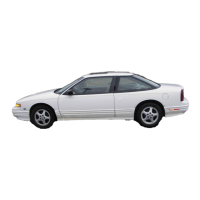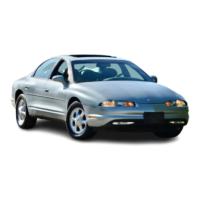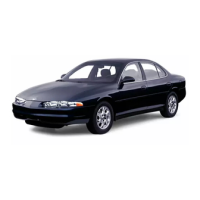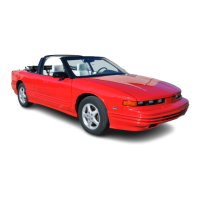Run your engine only as long as you must.
This
saves
fuel. When you run the engine, make it go a little faster
than just idle. That is, push the accelerator slightly. This
uses less fuel for the heat that you get and it keeps the
battery charged.
You
will need a well-charged battery to
restart the vehicle, and possibly for signaling later on
with your headlamps. Let the heater run for a while.
Then, shut
the
engine
off
and close the window almost
all the way to preserve the heat. Start the engine again
and repeat this only when you feel really uncomfortable
from the cold. But
do
it
as little as possible. Preserve the
fuel as long as you can. To help keep warm, you can get
out of the vehicle and do some fairly vigorous exercises
every half hour
or
so
until help comes.
Loading
Your
Vehicle
[m
OCCUPANTS
VEHICLE CAP. WP.
TIRE-LOADING INFORMATION
FRT. CTR.
RR.
TOTAL LBS. KG
MAX.
LOADING
&
GVWR
SAME AS VEHICLE
CAPACITY WEIGHT
XXX
COLD TIRE
TIRE SIZE SPEED PRESSURE
RTG PSI/KPa
FRT.
RR.
SPA.
IF TIRES ARE HOT, ADD
4PS1/28KPa
SEE
OWNER'S
MANUAL FOR ADDITIONAL
INFORMATION
lbo
labels on your vehicle show how much weight it
may properly carry. The Tire Loading Information label,
found on the rear edge of the driver's door, tells you the
proper size, speed rating and recommended inflation
pressures for the
tires
on your vehicle. It also gives you
important information about the number of people that
can be in your vehicle and the total weight that you can
carry.
This
weight is called the Vehicle Capacity Weight
and includes the weight of all occupants, cargo and
all
nonfactory-installed options.
4-30
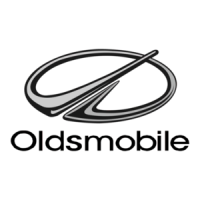
